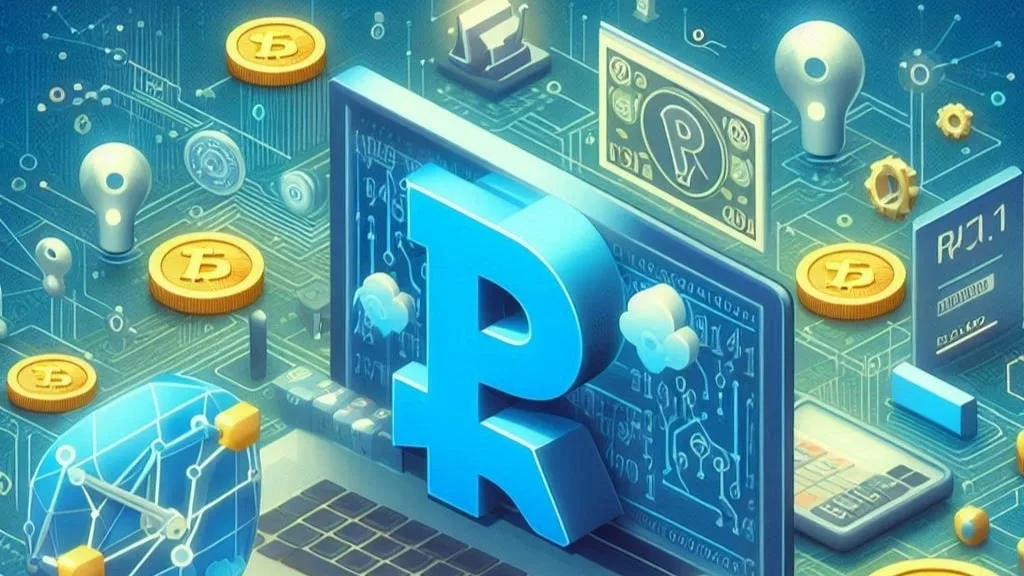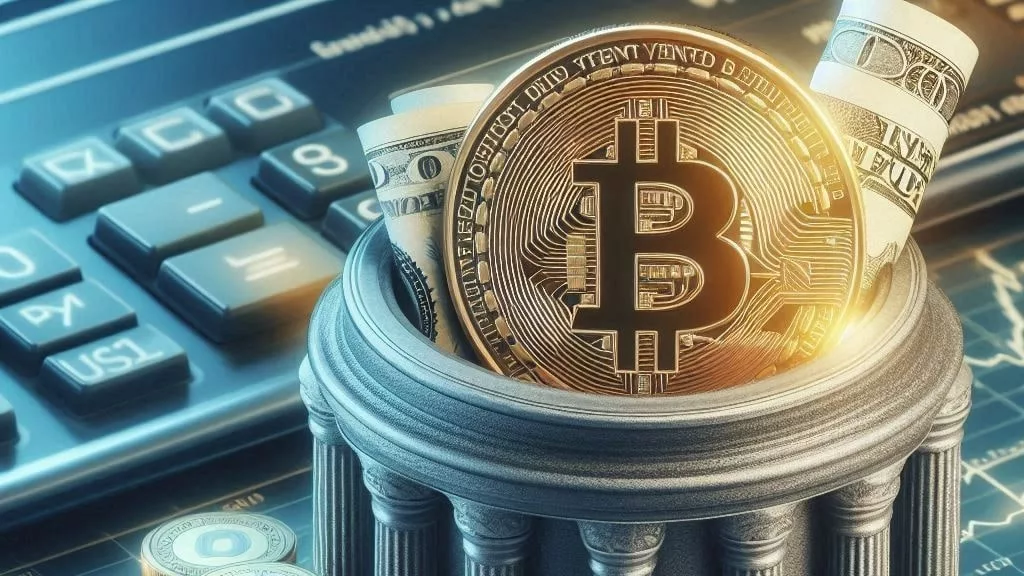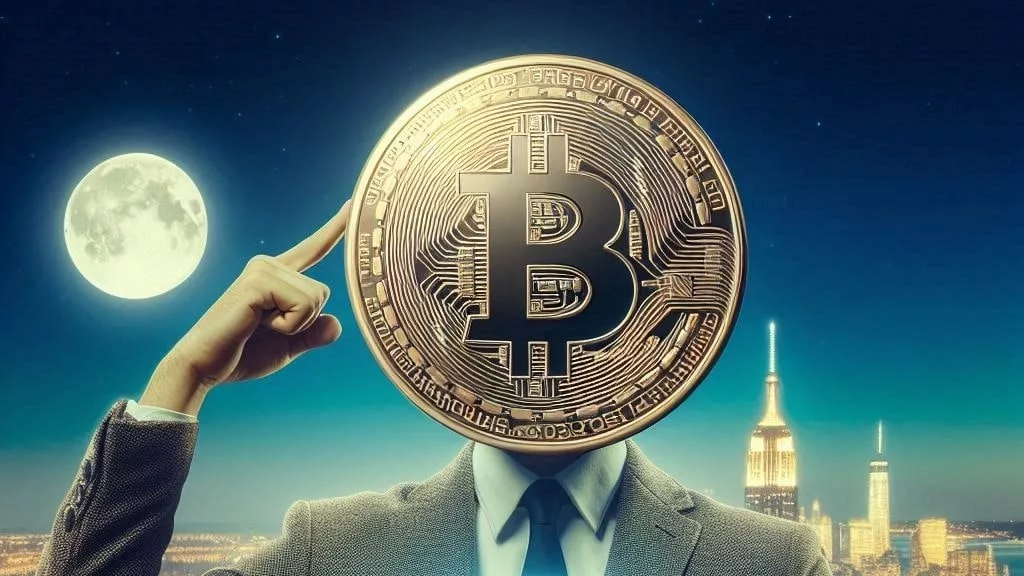
In a significant move, Binance, the leading global cryptocurrency exchange, has recently announced its plans to burn a range of Binance-pegged tokens. This strategic decision comes amidst growing regulatory challenges in the United States, particularly from the Securities and Exchange Commission (SEC). The exchange is also gearing up for a transition away from Binance USD (BUSD) and TrueUSD (TUSD) by 2024. In this in-depth article, we will delve into the details of Binance’s token burn strategy and its implications on the cryptocurrency landscape.
The Evolution of Binance’s Token Burn Strategy
Cryptocurrency enthusiasts and market observers have been closely following Binance’s journey as it navigates the complex regulatory landscape in the United States. The exchange has faced scrutiny and legal challenges from the SEC, prompting it to reevaluate its offerings and strategies. One of the significant changes is the decision to burn certain Binance-pegged tokens, notably TUSDOLD and BUSD.
The Token Burn Process Explained
A token burn, in the world of cryptocurrency, is a deliberate and permanent removal of a certain quantity of tokens from circulation. In Binance’s case, these tokens are pegged to assets like Binance USD (BUSD) and TrueUSD (TUSD). The burning process involves destroying these tokens, effectively reducing their supply in the market.
Binance’s Focus on Native Networks
What sets Binance’s token burn apart is its commitment to releasing an equivalent quantity of tokens on their native networks. These tokens were previously used as collateral, and this move aligns with Binance’s overarching strategy to reduce its reliance on BUSD and TUSD.
The Implications of the Token Burn
The burning of tokens on the Polygon (MATIC) network and other networks such as Binance Smart Chain (BSC), Binance Coin (BNB), and TRON (TRX) is not merely a routine procedure but a strategic pivot with profound implications for the cryptocurrency ecosystem.
1. Regulatory Compliance: Binance’s decision to move away from BUSD and TUSD reflects its determination to address regulatory concerns in the United States. By burning these tokens and shifting focus to native networks, the exchange aims to ensure compliance with evolving regulatory standards.
2. Increased Token Utility: The release of equivalent tokens on native networks can enhance the utility of these assets. Users on these networks may find new opportunities and use cases for the tokens, potentially driving adoption and value.
3. Diversification: Binance’s move away from BUSD and TUSD may encourage diversification within the cryptocurrency market. Traders and investors may explore alternative assets and networks, contributing to a more vibrant and decentralized ecosystem.
4. Resilience Against Regulatory Pressure: By taking proactive steps like token burning and network diversification, Binance positions itself to better withstand regulatory challenges. This resilience is crucial for the exchange’s long-term sustainability and adaptability.
5. Market Impact: The token burn announcement has already generated discussions and speculations within the crypto community. It could lead to short-term market fluctuations as traders react to the news, making it a topic of interest for both seasoned and novice investors.
Binance’s Ongoing Battle with the SEC
In addition to the token burn strategy, Binance continues to engage in a legal battle with the U.S. Securities and Exchange Commission (SEC). The SEC has raised concerns about Binance’s operations, including its Binance Smart Chain (BSC) and Binance Coin (BNB). This ongoing conflict underscores the importance of regulatory compliance and the need for cryptocurrency exchanges to adapt to the evolving legal landscape.
Looking Ahead: Binance’s Future
As Binance navigates the challenges presented by regulatory authorities, its strategic decisions, such as the token burn and transition away from BUSD and TUSD, will shape the future of the exchange and the broader cryptocurrency market. It remains to be seen how these actions will impact Binance’s user base, market share, and global presence.
Conclusion
Binance’s announcement to burn multiple Binance-pegged tokens on the Polygon (MATIC) network and other networks is a significant development in the cryptocurrency industry. It reflects the exchange’s commitment to regulatory compliance and its determination to adapt to the changing landscape. The release of equivalent tokens on native networks opens up new possibilities for users and contributes to a more diversified crypto market.
As the crypto community closely monitors Binance’s actions and their impact, the exchange’s ongoing battle with the SEC adds another layer of complexity to its journey. The outcome of these developments will undoubtedly shape the future of Binance and influence the broader cryptocurrency ecosystem.




Get the latest Crypto & Blockchain News in your inbox.